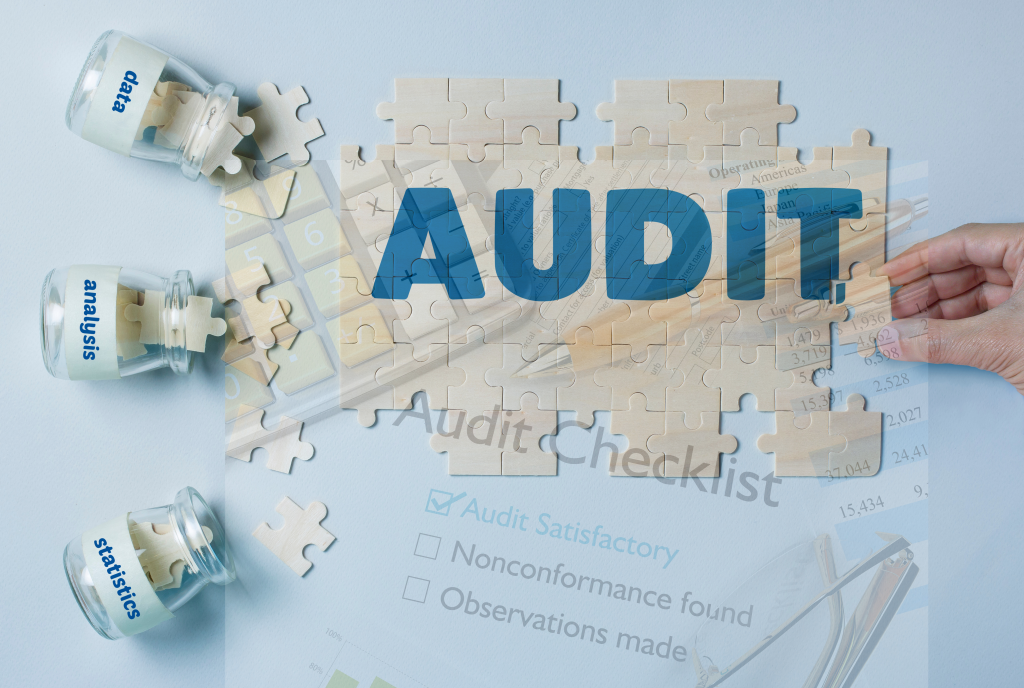
Planning for Good Pharmacovigilance Practice (GVP) audits in China is critical for maintaining compliance and ensuring the safety and efficacy of pharmaceutical products. This article explores two essential levels of audit planning and provides practical insights for optimizing your GVP audits.
Two Key Levels of China GVP Audit Planning:
- Audit Programme: A comprehensive overview of all audit activities over the certification cycle. This macro-level plan ensures every part of the organization is reviewed at appropriate intervals.
- Audit Plan: A more focused, micro-level strategy outlining how each specific audit will be executed. It defines the timing, scope, and resources required for each audit.
Prioritizing Key Areas:
To maximize the effectiveness of your GVP audits in China, focus on:
- Critical areas of the organization that directly impact compliance or performance.
- Recent changes or updates to processes that could introduce new risks.
- Past non-conformities that require follow-up to ensure corrective actions have been effective.
By prioritizing these areas, you can allocate audit resources more efficiently, ensuring key areas are thoroughly assessed.
Timing and Frequency of Audits:
Align audits with your organization’s operational cycles. For instance, if certain processes are seasonal, schedule audits accordingly to evaluate compliance during peak activity.
A risk-based approach can be adopted, where not all areas need to be audited annually. Instead, focus on high-risk or critical areas in a particular year, with recorded justification for any variations. This strategy optimizes resource use while ensuring compliance with China’s GVP regulations.
How to Develop a Robust China GVP Audit Programme
Creating a well-structured audit programme is essential for organizations with multiple shifts or complex operations. Here’s how to build an effective programme:
- Understand Organizational Operations: Audit all operational shifts (day, evening, night) to ensure consistent performance across the board.
- Define Audit Scope: Clearly define which processes, areas, or functions will be audited. Focus on high-risk areas to cover all critical aspects over time.
- Flexibility and Adaptability: Your audit programme should be adaptable, considering personnel availability, holiday schedules, or periods of low activity, while still meeting audit objectives.
- Combine Related Audits: Increase efficiency by auditing related processes together. For instance, audit measuring equipment alongside processes that rely on it to create a holistic view of compliance.
- Internal Customer Satisfaction: Audit internal functions (e.g., maintenance, IT) to assess how well they meet organizational needs, ensuring operational support is aligned with performance goals.
How to develop a Comprehensive GVP audit plan?
Collaboration is key when finalizing a GVP audit plan. Engage with certification clients early to ensure mutual understanding of time allocations, key areas of concern, and access to necessary personnel and documentation. By gathering relevant information—such as recent changes, high-risk areas, and past non-conformities—you can create a customized audit plan that optimizes resources and meets compliance goals.
Key Considerations for a Successful Audit Plan:
- Risk-Based Approach: Prioritize areas with previous non-conformities or those under regulatory scrutiny.
- Ongoing Communication: Maintain open lines of communication between the audit team and the client to address any issues.
- Thorough Documentation: Keep detailed records of the audit plan and any adjustments for transparency.
Tips for Efficient Auditing:
- Focus on Value and Accreditation: Develop an audit plan that not only meets the organization’s needs but also satisfies the requirements of accreditation bodies, ensuring compliance and adding value.
- Audit Linked Processes: Plan to audit related processes together to identify synergies and address “internal customer” issues. This approach improves efficiency and uncovers interdependencies within the organization.
- Collaborative Planning: Wherever possible, work closely with the auditee to develop the audit plan. This collaboration ensures the audit is well-suited to the organization’s specific context and operational needs.
- Review Documentation in Advance: Before the audit, review all available documented information to help allocate time effectively and identify sampling needs. This preparation enhances the audit’s precision and focus.
- Utilize Checklists Wisely: Checklists can enhance audit quality, but they should be designed to encourage depth rather than simple box-ticking. Make sure they support comprehensive evaluation and promote the overall quality of the audit.
- Allocate More Time for High-Risk Areas: Based on the results of pre-audit activities or previous audits, allocate more time to processes or areas deemed higher risk to ensure thorough examination.
- Process-Oriented Audit Plans: Structure the audit plan around actual business processes rather than standard clauses. This ensures a practical approach to auditing that aligns with the organization’s operations.
- Audit Linked Processes Together: When auditing linked processes, it is best to have them audited together by the same auditor. This helps explore linkages and interdependencies effectively.
- Top Management Interview: Schedule an interview with top management immediately after the opening meeting. This provides insights into the organization’s context, strategic direction, key stakeholders, and leadership involvement.
- Audit Internal Audits Last: Conduct the internal audit review towards the end of the audit. This allows for a comprehensive evaluation of the organization’s internal audit process and its effectiveness.
- Audit Aspects Without Standalone Processes: For areas where no standalone process exists, incorporate them into observations or interviews. If this approach is taken, include a statement in the audit plan to ensure these aspects are covered systematically.
How we can help
Navigating GVP compliance in China can be complex, but our expert team is here to assist. Whether you need support with remote or onsite audits, we offer tailored solutions to meet your needs. Contact us at info@accestra.com or visit China PV Hub to learn more.
